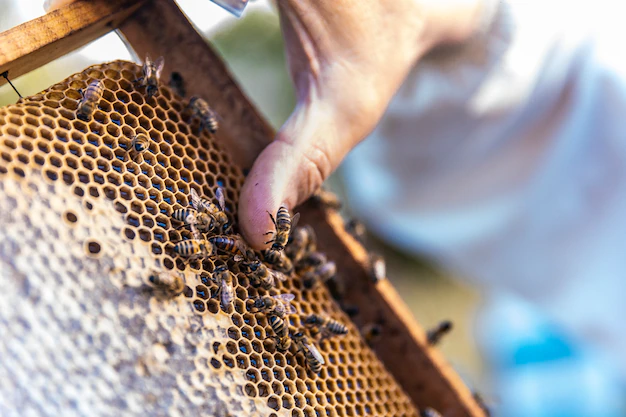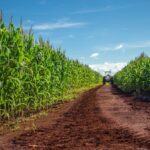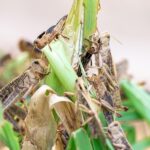Beekeeping equipment plays a crucial role in both pollination and honey production. Here’s a breakdown of its importance in each of these areas:
- Pollination: Bees are essential pollinators for many plants, including fruit trees, vegetables, and various crops. They transfer pollen from the male parts of flowers to the female parts, facilitating fertilization and enabling the production of fruits and seeds. Beekeepers use specific equipment to support the pollination process, such as:
- Hive boxes: These are wooden or plastic structures that serve as the primary homes for honeybee colonies. Hive boxes provide a safe and controlled environment for bees, allowing them to establish strong colonies and focus on pollination activities.
- Frames and foundation: Inside the hive boxes, frames hold sheets of foundation made of beeswax or plastic. Bees build their honeycomb on these foundations, and they serve as a platform for the bees to collect pollen and nectar during their foraging trips.
- Bee suits and protective gear: Beekeepers wear protective clothing, including suits, gloves, veils, and hats, to shield themselves from stings while working with the bees. This equipment ensures safety and enables beekeepers to handle hives and perform necessary tasks during pollination without disrupting the bees’ natural behavior.
- Honey Production: Beekeeping equipment is vital for honey production, allowing beekeepers to extract honey from the beehives efficiently. Here are some essential equipment used in honey production:
- Honey extractors: These machines spin the frames filled with honeycomb, creating centrifugal force that extracts the honey without damaging the comb. Extractors come in various sizes and can handle multiple frames simultaneously, increasing the efficiency of honey extraction.
- Uncapping tools: To access the honey within the comb, beekeepers use uncapping tools like knives or hot air blowers to remove the thin layer of beeswax called the cappings. This process exposes the honey for extraction.
- Strainers and filters: After extraction, honey often contains small particles such as beeswax, pollen, or debris. Strainers and filters are used to remove these impurities, ensuring the honey is pure and ready for consumption or further processing.
- Jars and containers: Once filtered, the honey is stored in clean, food-grade jars or containers for preservation, packaging, and distribution. Properly sealed containers protect the honey’s quality and prevent contamination.
- Smokers: Beekeepers use smokers to calm the bees before working on the hives. The smoke disrupts the bees’ communication and triggers them to consume honey, making them less aggressive and easier to manage during hive inspections or honey harvesting.
By providing the necessary infrastructure for hive maintenance, honey extraction, and beekeeper safety, beekeeping equipment supports both pollination activities and honey production, contributing to the overall health and productivity of bee colonies and the agricultural ecosystem.
Join 'Farmers Mag' WhatsApp Channel
Get the latest Farming news and tips delivered straight to your WhatsApp
CLICK HERE TO JOIN






